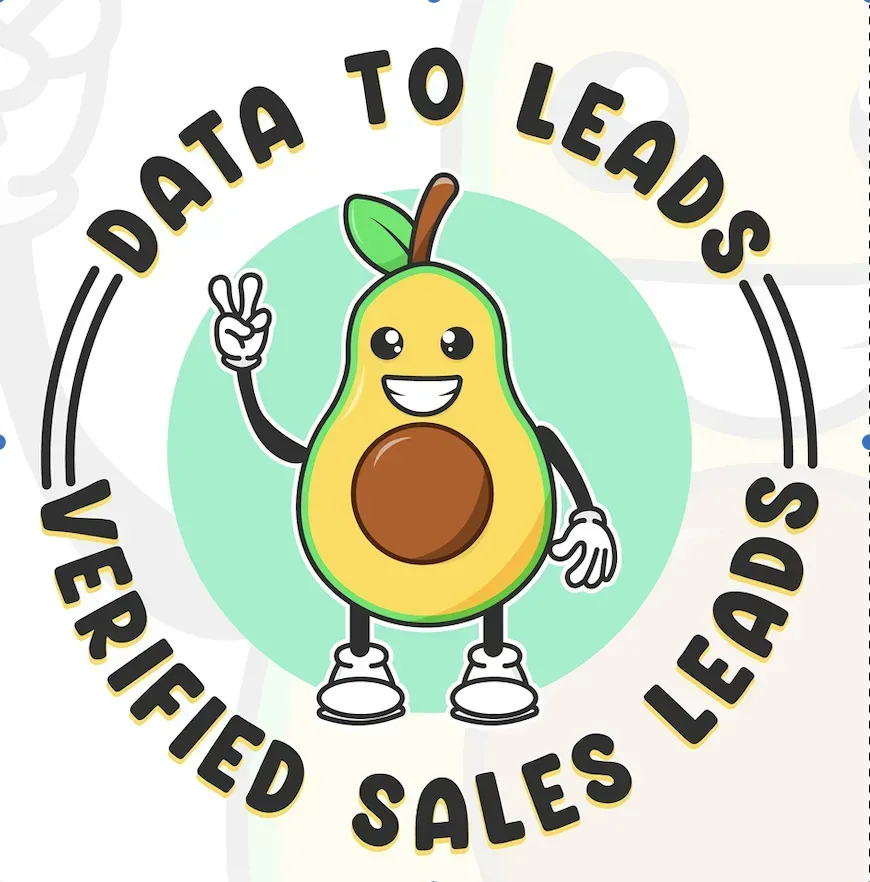Instructional Video
Maximizing Lead Generation with Custom Databases and White Label Solutions
In today’s competitive market, businesses need a streamlined way to access high-quality leads, customize data points, and provide clients with a seamless, branded user experience. Whether you’re in the solar industry, merchant cash advance space, or working with B2B SaaS companies seeking intent data, having a robust database tool is a game-changer. Below is an in-depth look at how custom databases, such as Solar and Merchant Cash Advance, can be integrated into a white label platform, along with actionable tips for reselling these solutions and maximizing your ROI.
1. Why Custom Databases Are Essential
1.1 Targeted Lead Generation
Custom databases allow businesses to focus on niche markets—like solar leads or merchant cash advance leads—without sifting through irrelevant data. By activating these specific databases, you instantly narrow down your lead pool to people who have demonstrated genuine interest or meet particular criteria (e.g., searching for “solar credit,” “denied for solar,” or “merchant cash advance opportunities”).
1.2 Niche-Specific Filters
Filters like credit score range, state, job titles, or department help refine audience segments so you can tailor your marketing strategies. For instance, solar installers may want to target homeowners with mid-range credit who are actively researching solar solutions, while Merchant Cash Advance providers want to zero in on businesses with high intent and the right revenue profile.
2. Setting Up New Databases on Your White Label Platform
2.1 Database Activation
Activating a new database—such as a Solar or Merchant Cash Advance database—is as simple as toggling it “on” in your admin panel. Once activated, these databases appear for both you and your clients to access. You can also turn off other databases you no longer wish to offer, ensuring a clean interface and no confusion for users.
2.2 Assigning Databases to Clients
Under your CRM’s “Customers” section, each user can be granted access to specific databases. If the database hasn’t been purchased under your white label account, it won’t appear as an option. This setup guarantees that only the data you have invested in is available for client use.
3. Building Tailored Plans and Pricing
3.1 Creating a Custom Plan
You can package your databases into bespoke subscription plans to suit various customer needs. For example, you might create an “MVA Live Intent” plan for personal injury lawyers seeking motor vehicle accident data. The plan could include:
- Default pricing (e.g., $1,000 per month).
- A specific selection of databases (e.g., only the Motor Vehicle Accident database).
- Exclusion of irrelevant databases (e.g., no B2B or homeowners data).
3.2 Flexible Pricing Models
Offer different tiers to accommodate different levels of expertise and budget:
- High-Volume Power Users: Provide them with unlimited data downloads, daily CSV exports, and advanced filters. Because they know exactly how to leverage the data (via Facebook audiences, email platforms, or call centers), they may be willing to pay a higher price.
- Newcomers: Offer smaller packages with fewer daily leads or fewer features. This could be as low as $79–$99 per month for, say, 500 leads a day.
4. Leveraging Intent Data for B2B and SaaS
4.1 Keyword-Based Intent
For B2B SaaS companies or HRMS solutions, intent data is invaluable. Users can specify relevant keywords—like “HR software,” “talent management,” or “employee onboarding solutions”—so your platform updates monthly (or even daily) with new leads showing explicit or inferred intent.
4.2 Unlimited Monthly Usage
Your white label platform may allow for unlimited monthly downloads, but typically enforces a daily CSV download limit (e.g., 5,000 records per CSV). If you need 500,000 records, you can simply download multiple 5,000-record CSVs until you’ve got them all.
4.3 Employee Count and Revenue Filters
Narrow down your list to companies within a specific revenue range or headcount. This ensures that your leads not only demonstrate intent but also have the organizational capacity to invest in your B2B or SaaS product.
5. Filtering and Exporting Made Simple
5.1 Reducing Overwhelm
With databases often carrying up to 80 or more data columns, users can become overwhelmed. Allow them to pre-filter which columns to export (e.g., phone numbers, personal emails, hashed emails for custom audiences). This keeps spreadsheets manageable, speeds up their workflow, and improves integration with their CRM or dialer software.
5.2 One-Click Exports
Make sure your platform allows for quick CSV exports. Whether it’s for uploading into a dialer, an email marketing platform, or a custom audience on Facebook, one-click exports can save hours of manual data sorting.
6. Reselling Strategies for White Label Partners
6.1 Unlimited vs. Sub-Accounts
Because your plan might give you “unlimited” access with certain daily export limits, you can subdivide these resources among sub-accounts. For instance, if you have a 5,000-lead daily limit, you could offer each sub-client a 500-lead limit per day, turning your flat monthly cost into multiple revenue streams.
6.2 Custom Labeling and Branding
Present the entire service—databases, filters, exports—as your own solution, thanks to white label functionality. Your clients see your logo, branding, and domain, which elevates trust and authority in your niche.
6.3 User Support and Education
Newer clients might not fully understand how to maximize data. Offering tutorials, FAQs, and training on lead nurturing, email campaigns, or Facebook custom audience creation can set you apart. It often justifies premium pricing because your clients see real value, not just raw data.
7. The Bottom Line
By combining niche-specific databases (like Solar or Merchant Cash Advance) with robust white label technology, businesses and resellers can deliver targeted leads to clients—without the clutter of irrelevant data. Flexible pricing, easy database activation, one-click exports, and advanced filtering are powerful selling points, appealing to both seasoned marketers and newcomers.
When done right, this integrated approach doesn’t just capture raw leads; it harnesses the power of intent data. Whether for B2B SaaS, HR solutions, or the solar industry, the ability to tap into high-intent prospects and filter them by headcount, revenue, location, or job title can dramatically enhance ROI.
Ready to Elevate Your Lead Generation? Implement these strategies in your white label solution and watch your client satisfaction—and your own bottom line—skyrocket. With the right data, the right filters, and strategic pricing, you can become the go-to resource for any industry seeking high-intent, niche-specific leads.
8. Avocadata Marketplace: Data Store, Data Products, and Data Providers
The Avocadata Marketplace is an all-in-one data store where businesses can discover and purchase specialized data products from multiple data providers. Whether you need solar leads, merchant cash advance data, or B2B SaaS intent lists, Avocadata’s Marketplace enables you to activate the exact database you need, when you need it. Each data product is carefully vetted, ensuring that you and your clients receive up-to-date, high-quality records.
Avocadata also simplifies the process of managing multiple data subscriptions. With a single dashboard, you can monitor active databases, upgrade plans, or pause services that are no longer needed. This flexible model ensures you only pay for the data products that directly contribute to your ROI.
9. CRM Integration
Seamless CRM integration is at the core of Avocadata’s approach. By syncing your chosen data products directly into your CRM, you eliminate manual exports and streamline your sales pipeline. Automated workflows can be triggered whenever new leads are added, ensuring immediate follow-up and efficient lead nurturing.
Most modern CRM platforms—like Salesforce, HubSpot, or Zoho—can be connected to Avocadata through native plugins or simple API configurations. This means your sales team can work within a familiar interface, while still benefiting from the wealth of data available on the Avocadata Marketplace.


